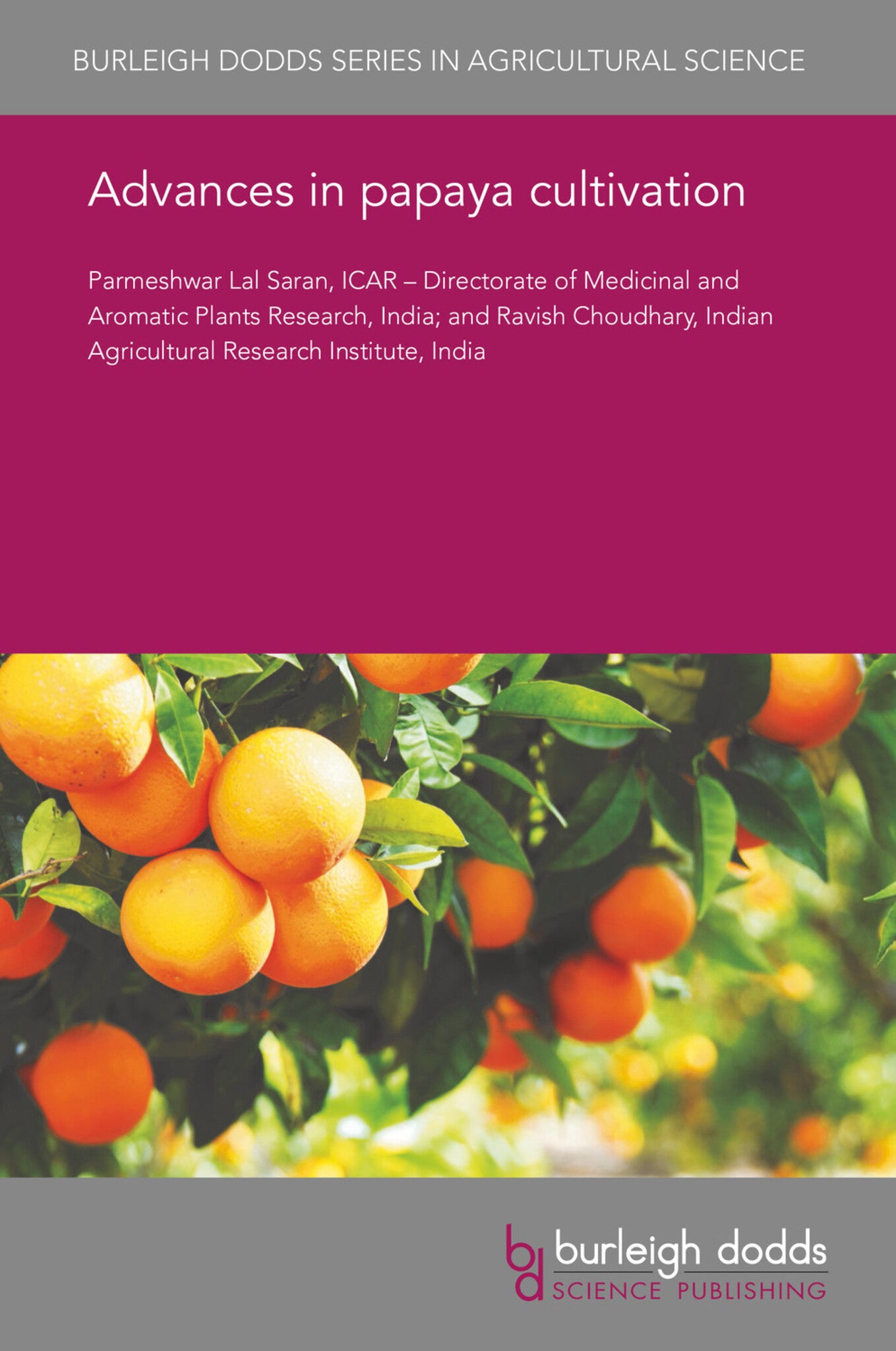We're sorry. An error has occurred
Please cancel or retry.
Advances in papaya cultivation

Some error occured while loading the Quick View. Please close the Quick View and try reloading the page.
Couldn't load pickup availability
- Format:
-
09 December 2019


SCIENCE / Life Sciences / Horticulture, Commercial horticulture, TECHNOLOGY & ENGINEERING / Agriculture / Tropical Agriculture, TECHNOLOGY & ENGINEERING / Agriculture / Agronomy / Crop Science, TECHNOLOGY & ENGINEERING / Agriculture / Sustainable Agriculture, Sustainable agriculture, Agronomy and crop production, Tropical agriculture

1 Introduction 2 Plant morphology 3 Floral morphology, biology and pollination 4 Genetics and plant breeding 5 Climate and cultivation requirements 6 Papaya propagation 7 Raised bed sowing 8 Fertilization 9 Pests and diseases affecting papaya 10 Ripening and harvesting 11 Conclusion and future trends 12 Where to look for further information 13 References



